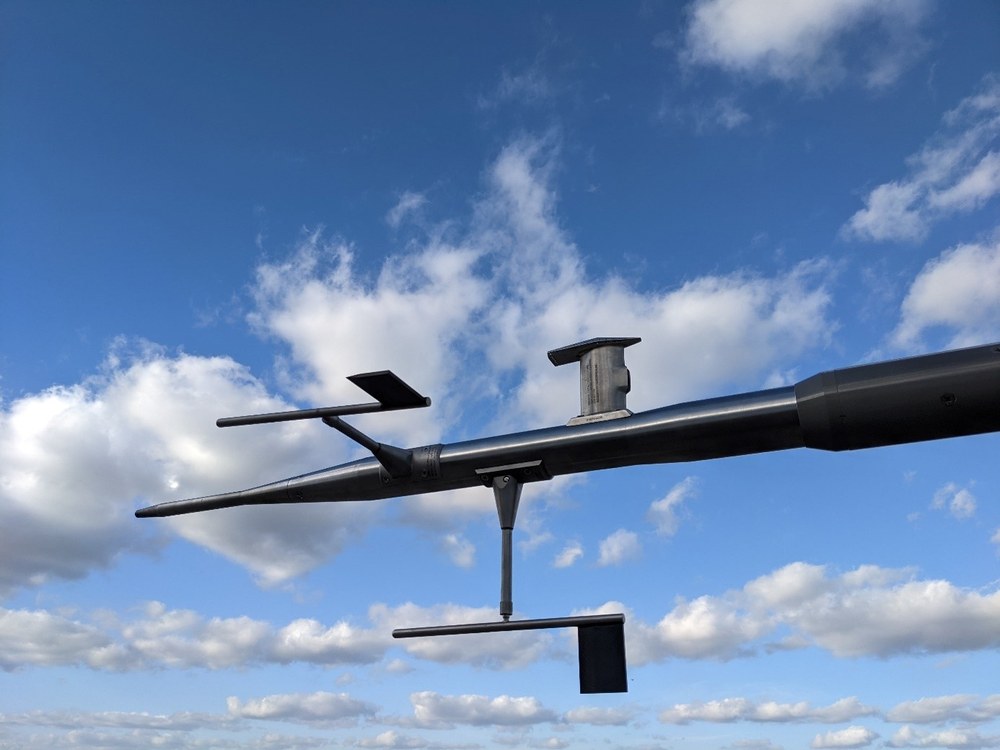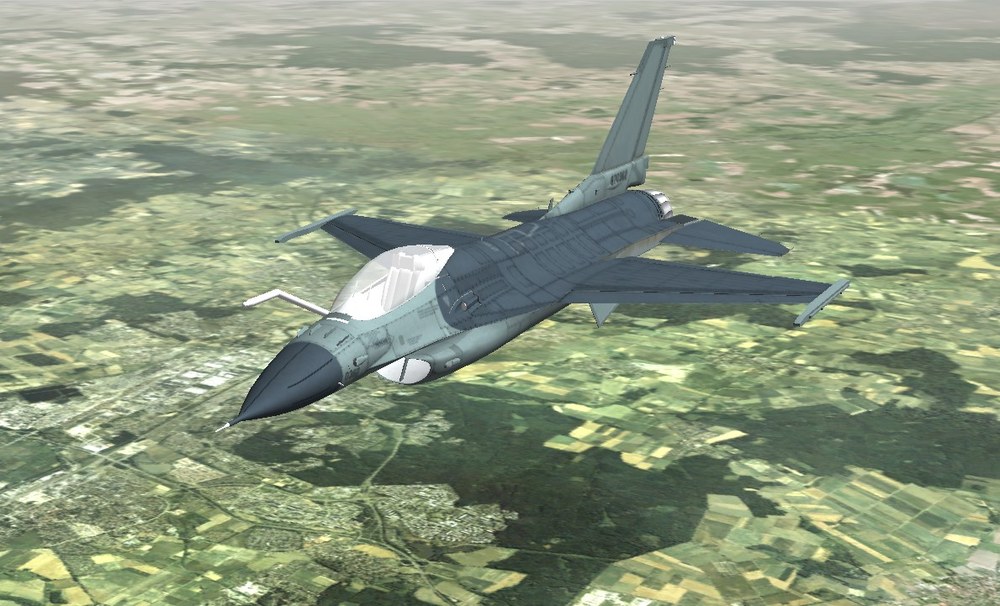Flight physics modelling and simulation of fixed-wing aircraft
The development of future aircraft requires new modelling methods and the consideration of effects that have played a subordinate role in previous conventional configurations. These include, for example, aeroelastic effects with highly stretched wings, aerodynamic interactions for new aircraft designs and fuel sloshing during extreme maneuvers of fighter aircraft. This way, a realistic aircraft representation can form the basis for flight dynamic analyses, pilot simulations and controller design. A particular challenge here is to keep the computational effort low despite the extensive model complexity.
Modelling and simulation of elastic aircraft
The introduction of new structural designs and materials increases the effects structural dynamics, aeroelastics and flexibility on modern aircraft. As a result, the conventional approach of modelling aircraft as a rigid body with only six degrees of freedom for e.g., flight dynamics analysis and simulation, is no longer sufficient. The Institute of Flight Systems is therefore specifically developing and investigating aircraft models that account for structural dynamics.
This research area at the institute focuses particularly on real-time capable, aircraft models including structural dynamics that allow for e.g., efficient flight dynamics analysis and controller design with low computational effort, as well as pilot-in-the-loop studies in the DLR simulators. In order to formulate these models, new system identification methods based on flight test data have been developed. In addition, from simulations of structural dynamics (using e.g., finite elements methods) and semi-empirical modelling approaches are implemented into the overall flight dynamics simulation.
Modeling and Simulation of unconventional aircraft
Electric engines, miniaturization of components and digital flight controllers lead to increased aircraft design freedom. This enables unconventional configurations with distributed pivoting propulsion systems, tiltable wings and numerous control surfaces. The primary goals are to combine vertical take-off and landing capability with efficient cruise flight, improved lift distribution and more dynamic flight maneuvers. The characteristic effects to be considered when modelling such aircraft are primarily aerodynamic in nature, for example propeller-wing interaction, the propeller slipstream deflection by control surfaces, and flight at high angles of attack up to flow separation. Next to data models from wind tunnel tests and flow simulations, semi-empirical methods are particularly suitable. On the one hand, the model can be quickly adapted for other configurations or geometry changes. On the other hand, the approach offers valuable understanding of flight mechanics, which is helpful for the use of model-based control methods or trajectory optimization.
Modelling and simulation of fighter aircraft
The increasing complexity of modern fighter aircraft requires detailed flight mechanics models over the entire life cycle. These models not only include the pure rigid body behavior of the aircraft, but also many other elements and effects. These include, for example, complex air data systems, detailed actuator models and the modeling of additional effects such as fuel sloshing. The resulting large number of fighter aircraft models of various configurations defines the environment for research in the fields of aircraft systems and flight control, as well as their analysis in simulation environments. The institute has several simulators with specific features such as moving platforms, different cockpit designs, augmented reality and visual systems. By integrating operational and test pilots into simulator tests, the application possibilities are extended to the areas of cockpit design and handling qualities analyses.



